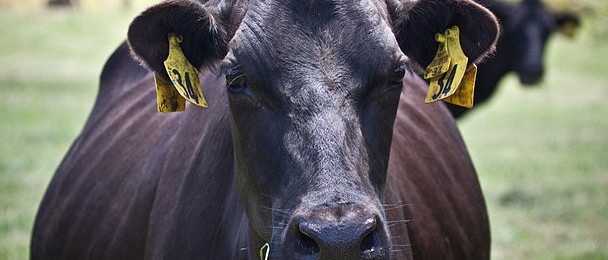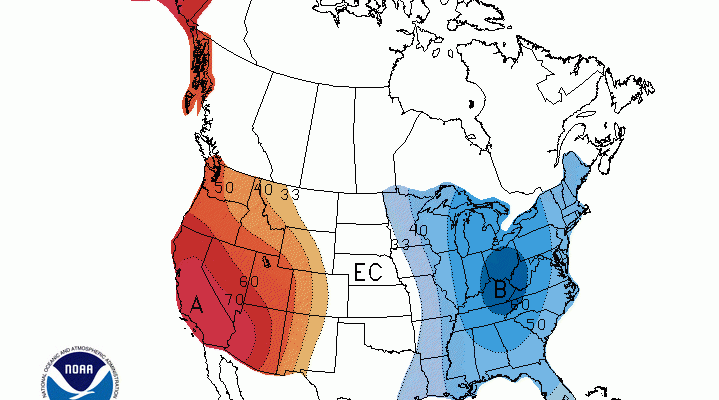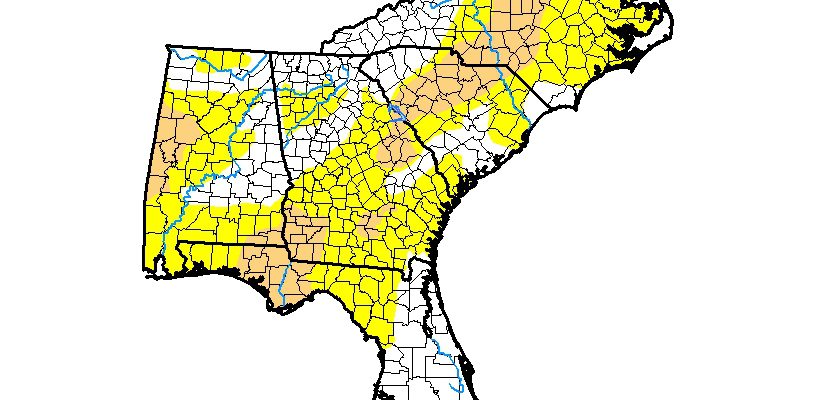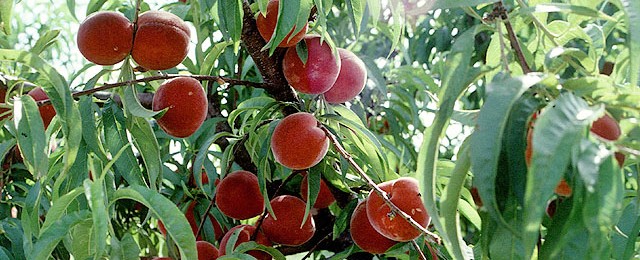-

A new study on the impacts of providing artificial shade for cattle in Florida was recently completed by University of Florida researchers and shows that cattle that are given access to artificial shade in the hottest part of the year experience significantly more gain in weight that cattle that are not provided shade. Most previous…
-

The next week should bring more rain to the Southeast midweek as a strong cold front moves through the area. This cold front is expected to bring much colder air to the region, which should last for a week or so before moderating. While a few forecast models hint at some snow, more likely it…
Posted in: Climate outlooks -

The latest monthly climate outlook from NOAA’s Climate Prediction Center, released earlier this week, shows that much of the eastern US are likely to be colder than normal. The coldest air will enter the Southeast around December 7 and should linger for at least a week. While there are equal chances of near, above or…
-

AgWeb posted a really good and complete description of all of the weather and climate events that have affected agriculture across the US in 2017 by Anna-Lisa Laca. It includes the hurricanes and March frost in the Southeast as well as flooding in central areas of the country and the exceptional drought in Montana. In…
-

With a half-day to go, the November regional maps for 2017 show that temperatures in the eastern half of the region were generally below normal and areas in the western half were generally above normal, while precipitation across almost all of the area was drier than usual. The only exceptions were two thin strips of…
Posted in: Climate summaries -

The latest Drought Monitor released this morning indicates that moderate drought is continuing to expand through the Southeast. Since most places received little to no rain in the last seven days, this is not a big surprise. For the next week, the Florida peninsula is expected to receive no rain at all, but most other…
Posted in: Drought -

Clint Thompson of UGA reported on Georgia peach farmers’ hopes that this winter will provide more chill hours for their trees than the last two winters. Last year in particular was particularly devastating for peaches with consistently above-normal temperatures leading to less than half the usual number of chill hours, followed by the mid-March frost…